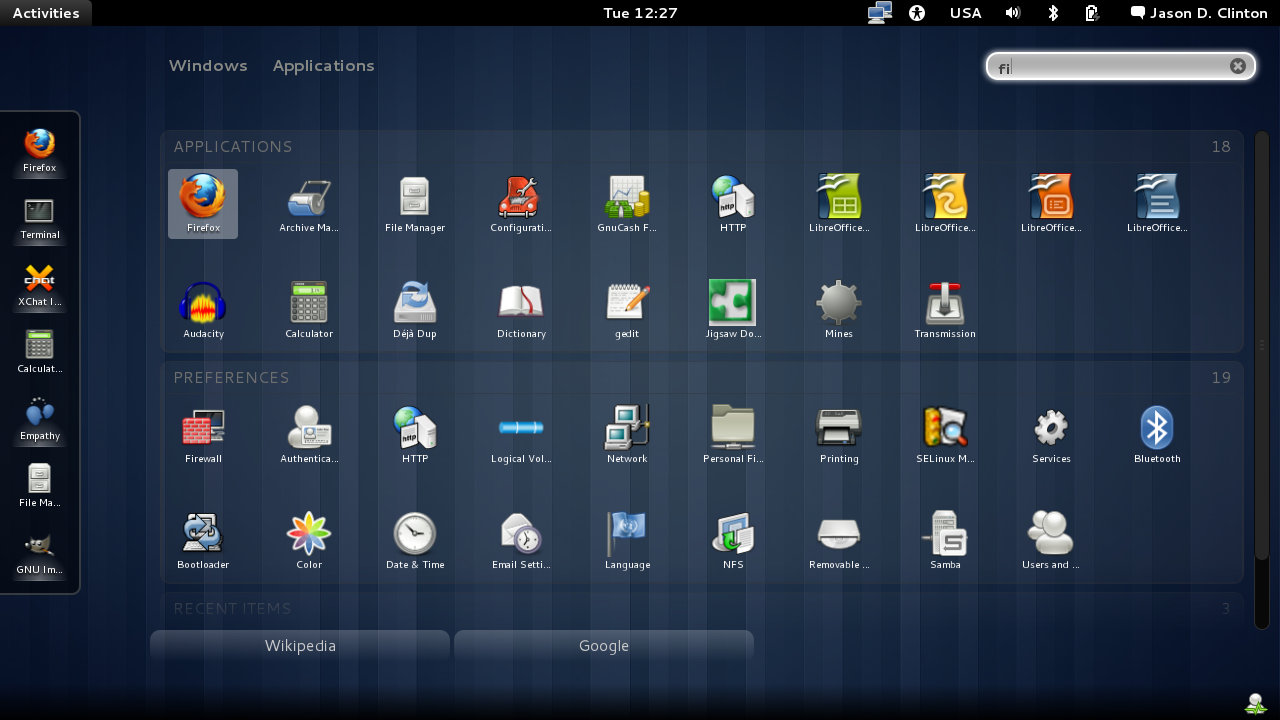Introduction to Linux tutorials and desktop customization
As a tech enthusiast and someone who loves exploring new possibilities, I have always been fascinated by Linux. Linux is an open-source operating system that offers incredible flexibility and customization options, making it a perfect choice for desktop users. In this article, I will guide you through the world of Linux tutorials and show you how to unlock your desktop potential using a step-by-step approach.
Why should you consider using Linux for your desktop?
Before we dive into the intricacies of Linux tutorials, let’s first understand why you should consider using Linux for your desktop. One of the biggest advantages of Linux is its open-source nature, which means that the source code is freely available and can be modified and distributed by anyone. This fosters a vibrant community of developers who constantly work on improving the system and creating new applications.
Another reason to consider Linux is its security. Linux is known for its robust security features, making it less vulnerable to malware and other malicious attacks compared to other operating systems. Additionally, Linux offers a wide range of desktop environments to choose from, allowing you to customize your user interface according to your preferences.
Getting started with Linux: installation and setup
Now that you understand the benefits of using Linux for your desktop, let’s dive into the practical aspects of getting started with Linux. The first step is to choose a Linux distribution that suits your needs. Popular distributions like Ubuntu, Fedora, and Debian are great choices for beginners.
Once you have selected a distribution, you can proceed with the installation process. Most Linux distributions provide an easy-to-use installer that guides you through the installation steps. During the installation, you will be asked to create a username and password, which will be used to log in to your Linux desktop.
After the installation is complete, you can start exploring your new Linux desktop. Familiarize yourself with the user interface, learn how to navigate through the file system, and discover the various applications that come bundled with your distribution.

Understanding the Linux file system and directory structure
To fully harness the power of Linux, it is essential to understand the file system and directory structure. Unlike other operating systems, Linux follows a hierarchical file system structure, with the root directory (“/”) at the top.
The root directory contains various subdirectories, each serving a specific purpose. For example, the “/home” directory is where user-specific data and settings are stored, while the “/bin” directory contains essential system binaries.
Navigating through the Linux file system is done using the command line interface, which may seem daunting at first. However, with a bit of practice and the right Linux tutorials, you will soon become comfortable with using commands like “cd” to change directories, “ls” to list directory contents, and “pwd” to print the current working directory.
Essential Linux commands for beginners
Now that you are familiar with the Linux file system, let’s explore some essential commands that every beginner should know. These commands will help you navigate through the system, manage files and directories, and perform various tasks efficiently.
- ls – Lists the contents of a directory.
- cd – Changes the current directory.
- mkdir – Creates a new directory.
- rm – Removes files and directories.
- cp – Copies files and directories.
- mv – Moves or renames files and directories.
- grep – Searches for a specific pattern in files.
- chmod – Changes the permissions of files and directories.
- sudo – Executes a command with administrative privileges.
- man – Displays the manual page for a command.
These are just a few examples of the many commands available in Linux. By mastering these essential commands, you will be able to perform a wide range of tasks and navigate through the system with ease.
Customizing your desktop environment on Linux
One of the most exciting aspects of using Linux is the ability to customize your desktop environment. Unlike other operating systems, Linux offers a wide range of desktop environments to choose from, each with its unique look and feel.
The most popular desktop environments include GNOME, KDE, XFCE, and Cinnamon. These environments provide a user-friendly interface, allowing you to personalize your desktop by changing the wallpaper, theme, icons, and even the position of your taskbar.
In addition to the desktop environment, Linux also offers a variety of window managers, which control how windows are displayed and managed. Window managers like i3 and Openbox are lightweight and highly customizable, making them a favorite among power users.
Exploring popular Linux distributions for desktop use
Linux offers a vast selection of distributions, each tailored to specific user needs. Let’s explore some of the most popular Linux distributions for desktop use:
- Ubuntu – Ubuntu is one of the most beginner-friendly distributions, known for its ease of use and vast community support.
- Fedora – Fedora is a cutting-edge distribution that focuses on providing the latest software packages while maintaining stability.
- Debian – Debian is known for its rock-solid stability and security, making it a popular choice for servers and desktops alike.
- Arch Linux – Arch Linux is a lightweight and highly customizable distribution that appeals to advanced users who prefer a do-it-yourself approach.
These are just a few examples, and there are many other distributions available. The best way to find the right distribution for you is to try out a few and see which one suits your needs and preferences.
Advanced Linux tutorials for power users
If you are a power user and want to delve deeper into the world of Linux, there are plenty of advanced tutorials available to help you sharpen your skills. These tutorials cover a wide range of topics, such as system administration, network configuration, shell scripting, and more.
Some of the advanced topics you can explore include:
- System administration – Learn how to manage users, configure network settings, and secure your Linux system.
- Shell scripting – Automate repetitive tasks and create custom scripts to enhance your productivity.
- Virtualization – Explore tools like VirtualBox and Docker to create and manage virtual machines and containers.
- Networking – Dive into the world of networking and learn how to configure firewalls, set up VPNs, and manage network services.
By mastering these advanced Linux tutorials, you will become a proficient Linux user and gain the ability to tackle complex tasks with ease.
Troubleshooting common issues in Linux
As with any operating system, you may encounter issues while using Linux. However, the Linux community is known for its active support and vast knowledge base, making troubleshooting relatively easy.
If you encounter an issue, the first step is to search for a solution online. Websites like Stack Overflow and Linux forums are great resources for finding answers to common problems. Additionally, most Linux distributions provide built-in troubleshooting tools and documentation to help you resolve issues.
Remember to always keep your system up to date by regularly installing updates and security patches. This will ensure that you have the latest bug fixes and improvements.



